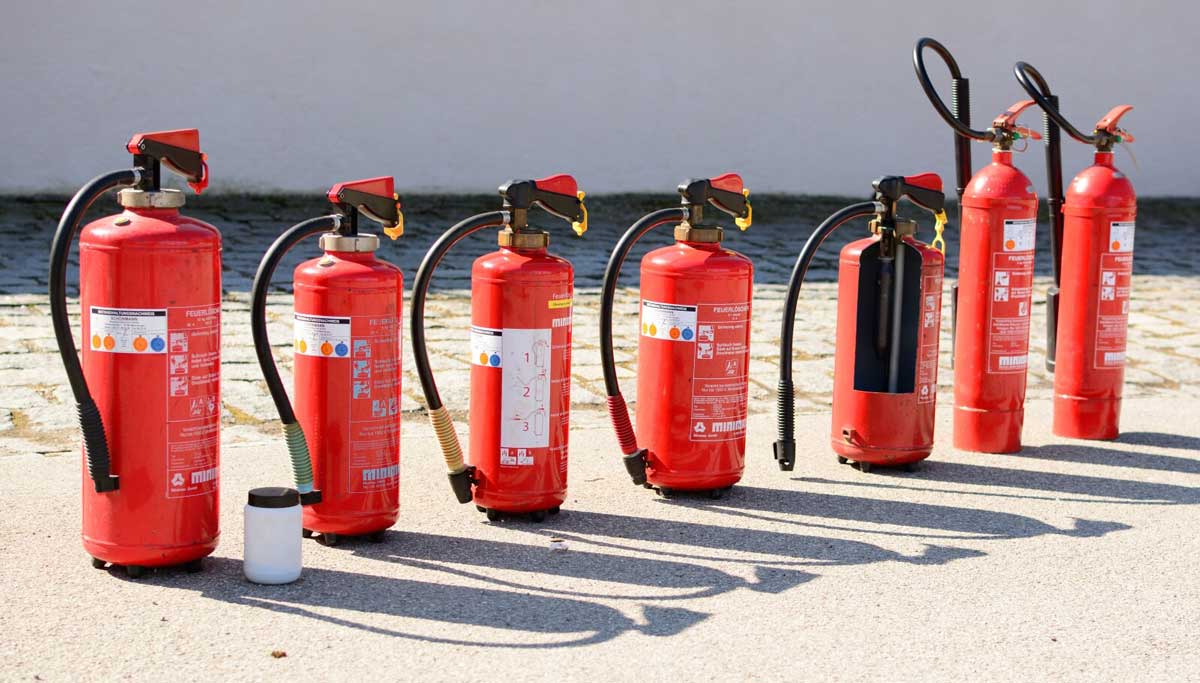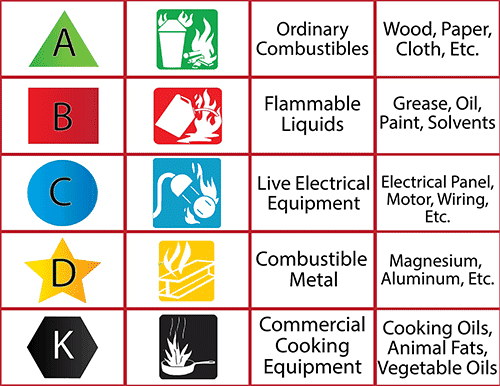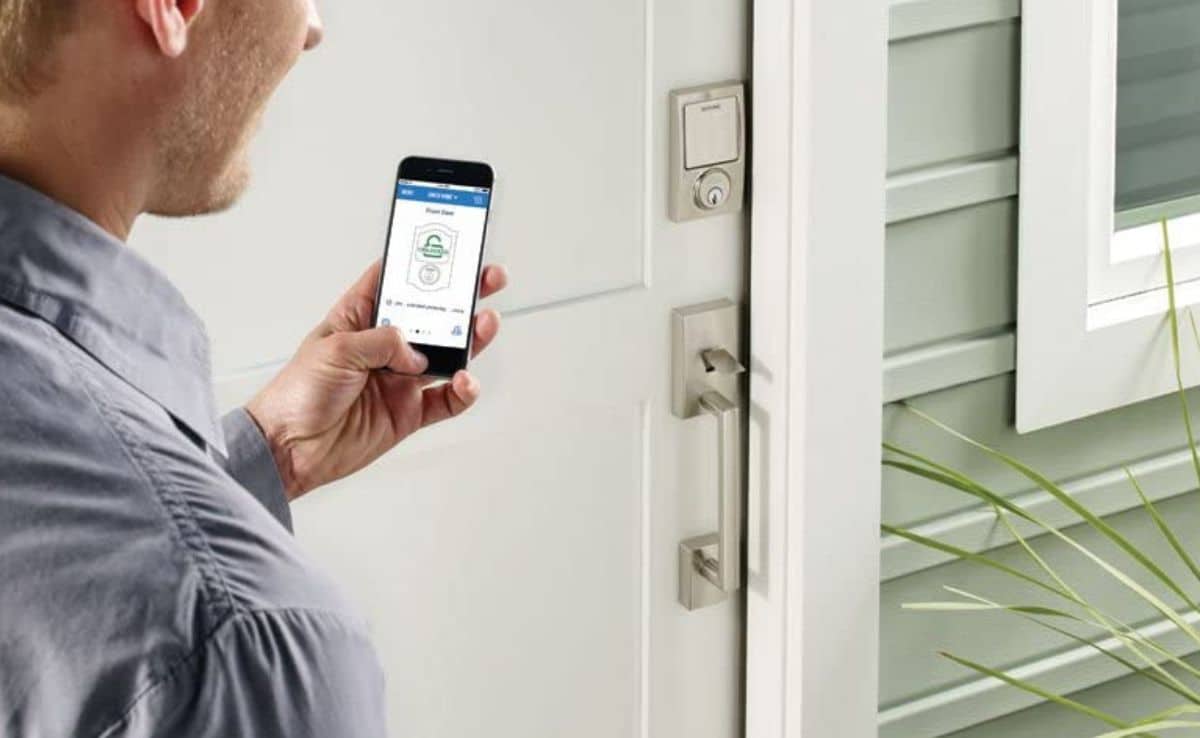Best Fire Extinguisher For Your Home In 2024: Kitchen, Car, Electrical Fires, All Purpose, And More Reviewed
When you purchase through links on our site, we may earn a commission. Here’s how it works.

Candles can set a relaxing mood and spread sweet aromas throughout the home. But what happens if you forget to blow it out? One minor misstep can quickly blaze out of control.
We can all be stingy at times, but the safety of our family is not an area to penny-pinch. Do yourself a favor and equip your home with the appropriate number of fire extinguishers. You’ll regret it if you don’t and a fire erupts in your home.
Where Should I Keep Fire Extinguishers?
You shouldn’t have to go more than 40 feet to access a fire extinguisher in your home. Keep fire extinguishers in the following locations:
- Each level of your home (including basements and attics)
- Kitchen
- Garage
- Near fireplaces, wood-burning stoves and other sources of heat
- Each bedroom
What’s The Best Fire Extinguisher?
Make sure any fire extinguisher you buy is UL-rated for optimal safety standards. The rating indicates the types of fires it can fight and the size of fire it can safely handle. Click here to learn what the ratings mean. The products in our fire extinguisher reviews have a variety of ratings we noted below.
We’ve chosen our best home fire extinguishers based on warranty, range, type of fire it can extinguish, customer reviews and whether or not it’s rechargeable.
Best Overall: Kidde Review
The Kidde FA110 fire extinguisher is our best fire extinguisher for home. It’s UL rated 1A:10B:C, meaning it’s suitable for most common household fires including those involving fabrics, plastics, wood, flammable liquids and electrical equipment. It includes a bracket for you to mount on the wall.
Instructions are clearly labeled on the can to show how to operate it. The extinguisher has a 6-year warranty and 8 to 12-second discharge time. A previous recalled version had plastic handles, but the current version has a rust and impact resistant steel handle.
You should have one of these fire extinguishers in bedrooms, garages/sheds and living areas. (You can also use it in your kitchen.) You may be thinking that’s a lot of fire extinguishers, but fires can engulf a space quickly, so it’s essential to have one nearby.
| Pros | Cons |
|---|---|
|
|
Price
Best For Home Kitchens: First Alert Review
The First Alert Kitchen5 fire extinguisher is UL rated 5B:C, so it can handle small fires that occur in the oven or on the range. It is compact enough to fit in a cabinet, or you can mount it using the bracket it includes.
Kitchen5 can fight grease, oil, flammable-liquid and electrical fires. It has a metal pull pin with a safety seal to prevent accidental discharge. There are instructions on the can, and it has a 10-year limited warranty. This extinguisher is not intended for Class A fires.
This fire extinguisher isn’t rechargeable, so you can’t refill it. Place your kitchen fire extinguisher near the stove, since that’s the most common place for a fire to occur in the kitchen.
| Pros | Cons |
|---|---|
|
|
Price
Best For Cars: Amerex Review
The Amerex fire extinguisher is UL rated 2A:10B:C, so it can handle fires from ordinary combustibles, flammable liquid spills and live electrical equipment. It includes a bracket that is designed for your vehicle.
It has a 14-second discharge time, and there are instructions on the can. Mount the extinguisher somewhere that’s easy for the driver to access, like on the floor in front of the passenger seat or under the driver seat.
| Pros | Cons |
|---|---|
|
|
Price
What Do Fire Extinguisher Ratings Mean?
Every fire extinguisher has a rating to indicate the types of fires it can fight as well as the size of fire it can safely handle.

The letters stand for the class of fire. A circle and a red slash through any of the symbols means that the extinguisher cannot fight that type of fire.
- Class A – Used for ordinary combustibles (wood, paper, some plastics and textiles). A triangle with the letter “A” inside will be on Class A extinguishers.
- Class B – Used for flammable liquid and gas fires (oil, gasoline, etc.). A square with the letter “B” inside will be on Class B extinguishers.
- Class C – Used on live electrical equipment. A circle with the letter “C” inside will be on Class C extinguishers.
- Class D – Used for combustible metals (magnesium, titanium, sodium, etc.). A five-point star with the letter “D” inside will be on Class D extinguishers.
- Class K – Used for commercial cooking sites (i.e., restaurants) for cooking media (fats, grease and oils). The letter “K” is on Class K extinguishers.
Also included on the fire extinguisher label is the UL rating, which is determined by Class A, B and C ratings.
- The A rating is the water equivalency rating. For every A there is, it equals 1 1/4 gallons of water.
- The B:C rating is the square footage that the extinguisher can cover when handled by a professional.
- The C rating means it works on electrically energized equipment.
For example, 2A:10B:C means it is equal to 2 1/2 gallons of water, 10 square feet of coverage and works on electrically energized equipment.
Learn More About Different Types Of Fire Extinguishers
How To Use A Fire Extinguisher
The National Fire Protection Association offers these safety tips to help you operate a fire extinguisher. Just remember the word PASS:
- Pull the pin. Hold the extinguisher with the nozzle pointing away from you, and release the locking mechanism.
- Aim low. Point the extinguisher at the base of the fire.
- Squeeze the lever slowly and evenly.
- Sweep the nozzle from side-to-side.
Check out this Consumer Reports video for some essential tips on how to use a home fire extinguisher.
What’s Inside A Fire Extinguisher?
The fire extinguishers commonly used in homes are pressurized with nitrogen or carbon dioxide to help propel the stream onto the fire. The material inside the extinguisher may be a powder, like potassium bicarbonate, liquid water, an evaporating fluorocarbon or the propelling agent itself.
Equipment For Fire Protection
If you have a two-story home, you should also have a fire escape ladder in each room to help everyone safely flee the burning building. A more obvious piece of equipment you should have in your home is smoke detectors. We’ve reviewed fire escape ladders and smoke detectors and suggest you read both articles linked above to equip your home and keep your family safe.






